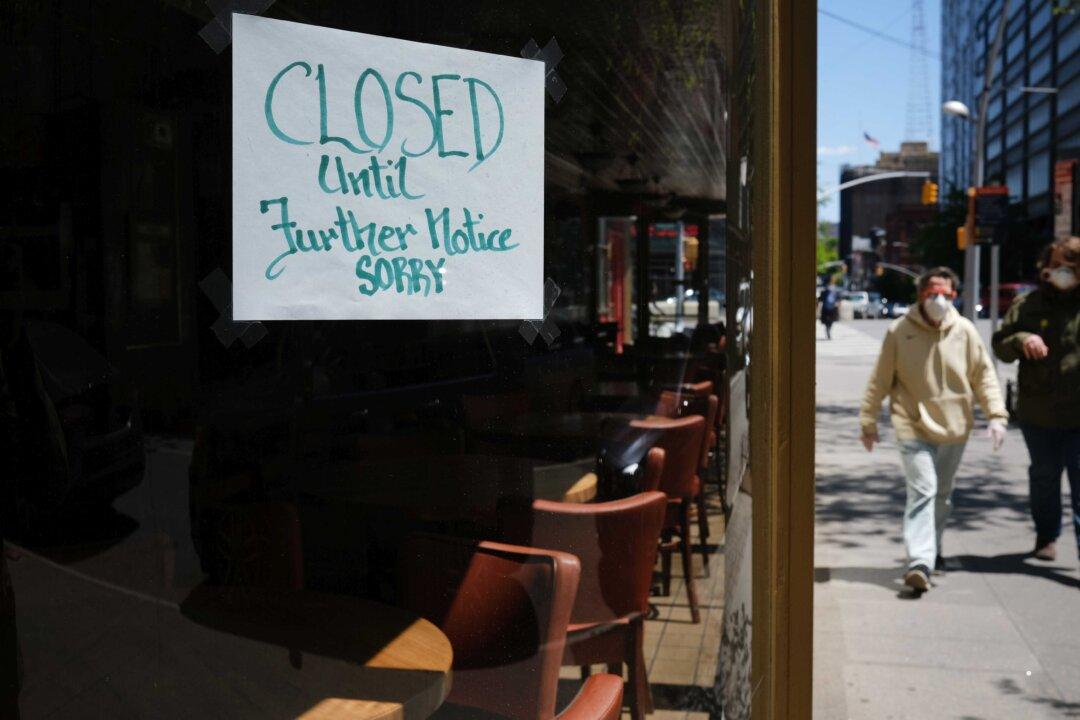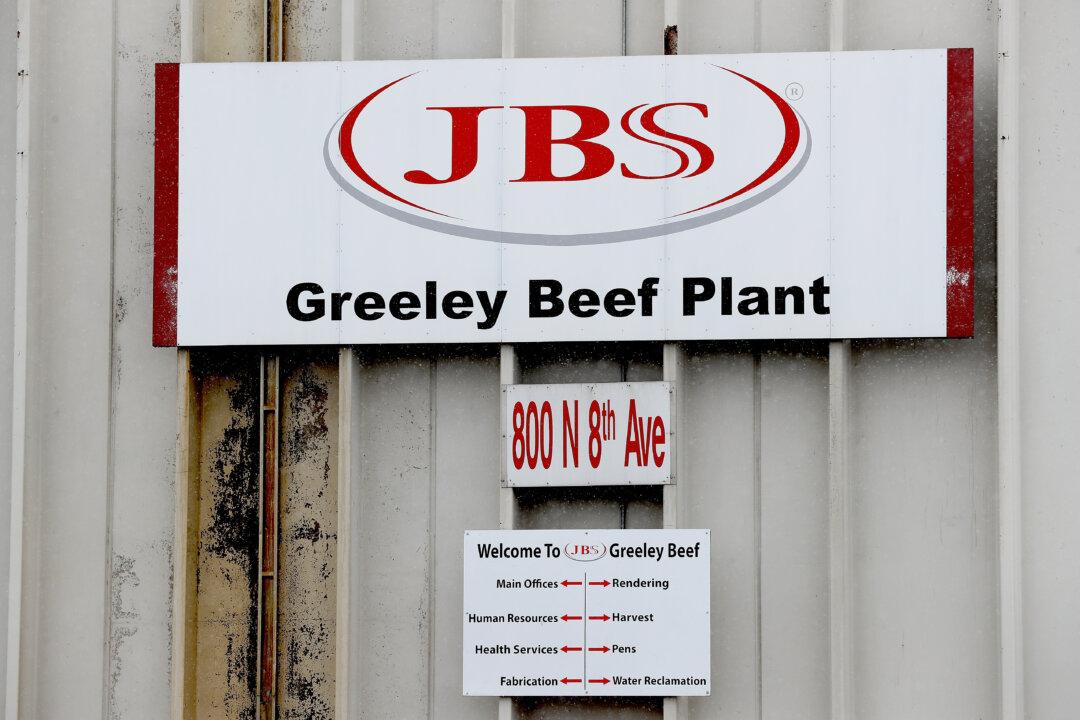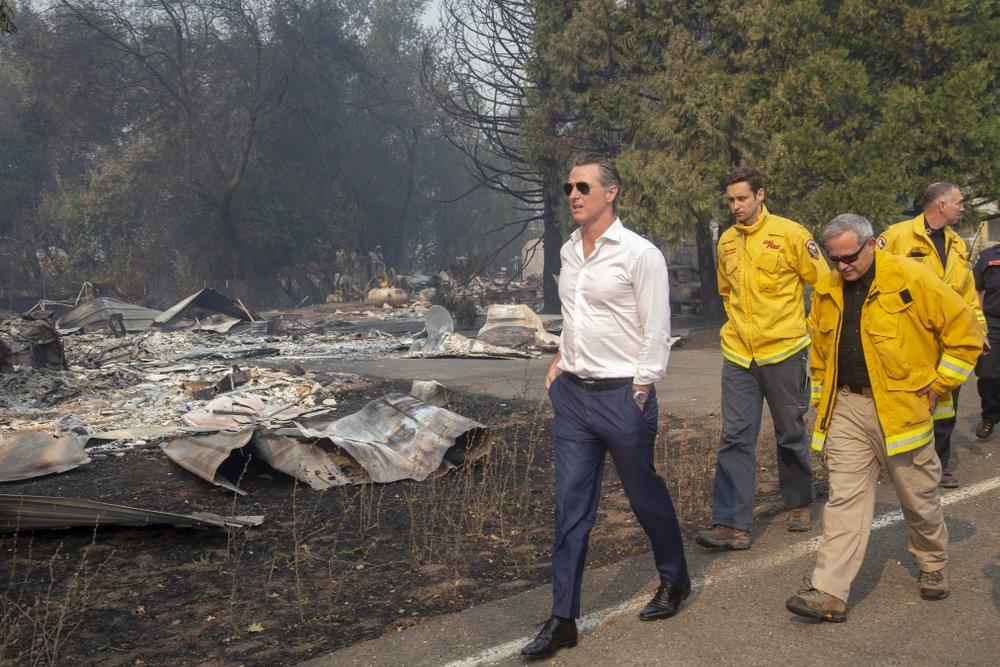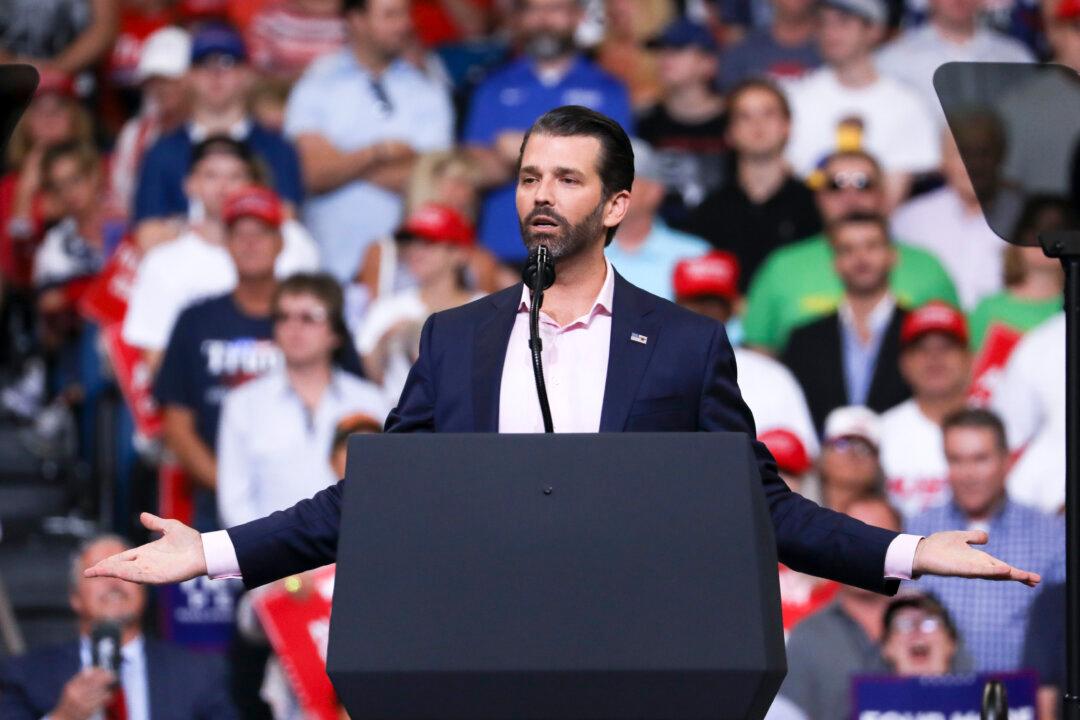Together with the Treasury Department, the U.S. Small Business Administration (SBA) revealed detailed information Monday regarding the 4.9 million loans made to businesses across the United States during the CCP virus crisis as part of the Paycheck Protection Program (PPP).
As of June 30, the PPP has seen over $521 billion lent through almost 4.9 million loans. According to the data (pdf), the PPP supports over 51 million American jobs. Over 96 percent of all applications were approved in Florida, for example, supporting some 3.2 million jobs. At $13.8 billion in loans, California was the state that received the highest number of dollars lent.






